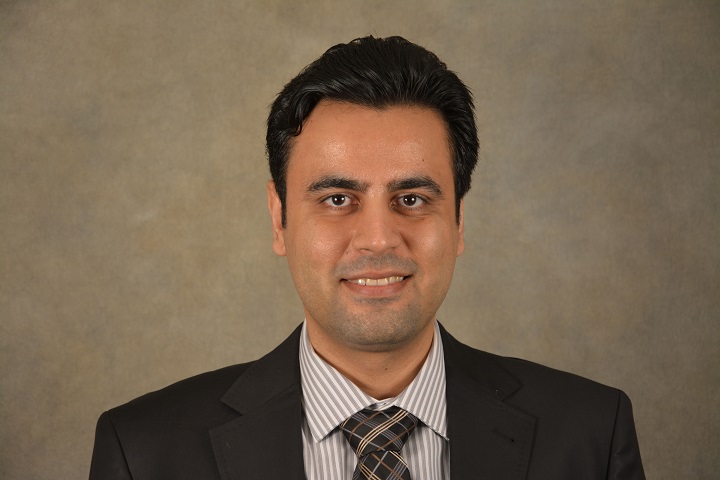Program Information
Multi-Source Rotating Shield Brachytherapy Apparatus for Prostate Cancer
H Dadkhah1*, X Wu1 , Y Kim2 , R Flynn2 , (1) University of Iowa, Iowa City, Iowa, (2) University of Iowa Hospitals and Clinics, Iowa City, IA
Presentations
WE-DE-201-8 (Wednesday, August 3, 2016) 10:15 AM - 12:15 PM Room: 201
Purpose: To introduce a novel multi-source rotating shield brachytherapy (RSBT) apparatus for the precise simultaneous angular and linear positioning of all partially-shielded 153Gd radiation sources in interstitial needles for treating prostate cancer. The mechanism is designed to lower the detrimental dose to healthy tissues, the urethra in particular, relative to conventional high-dose-rate brachytherapy (HDR-BT) techniques.
Methods: Following needle implantation, the delivery system is docked to the patient template. Each needle is coupled to a multi-source afterloader catheter by a connector passing through a shaft. The shafts are rotated by translating a moving template between two stationary templates. Shaft walls as well as moving template holes are threaded such that the resistive friction produced between the two parts exerts enough force on the shafts to bring about the rotation. Rotation of the shaft is then transmitted to the shielded source via several keys. Thus, shaft angular position is fully correlated with the position of the moving template. The catheter angles are simultaneously incremented throughout treatment as needed, and only a single 360° rotation of all catheters is needed for a full treatment. For each rotation angle, source depth in each needle is controlled by a multi-source afterloader, which is proposed as an array of belt-driven linear actuators, each of which drives a source wire.
Results: Optimized treatment plans based on Monte Carlo dose calculations demonstrated RSBT with the proposed apparatus reduced urethral D1cc below that of conventional HDR-BT by 35% for urethral dose gradient volume within 3 mm of the urethra surface. Treatment time to deliver 20 Gy with multi-source RSBT apparatus using nineteen 62.4 GBq 153Gd sources is 117 min.
Conclusions: The proposed RSBT delivery apparatus in conjunction with multiple nitinol catheter-mounted platinum-shielded 153Gd sources enables a mechanically feasible urethra-sparing treatment technique for prostate cancer in a clinically reasonable timeframe.
Contact Email:

